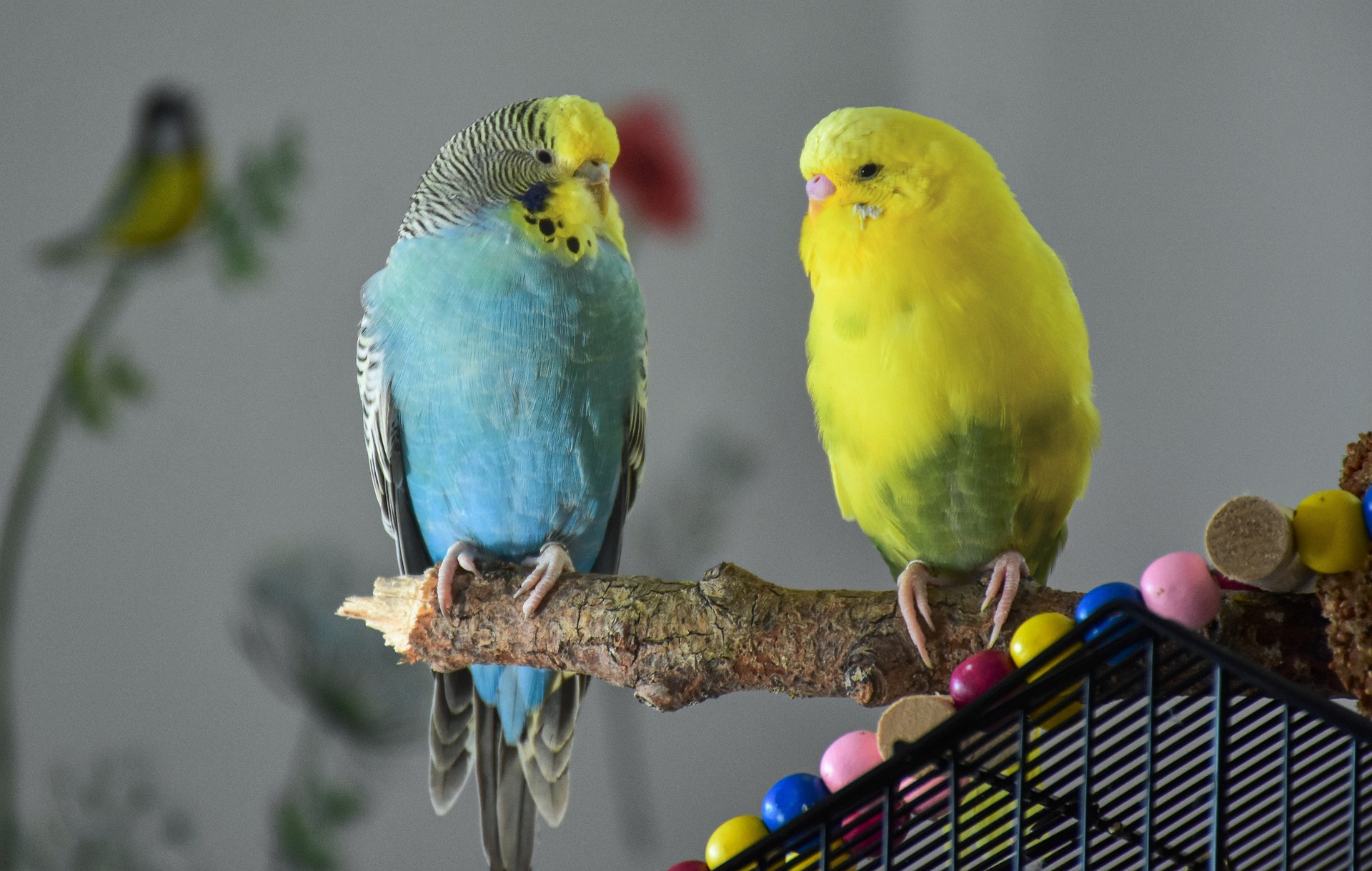Rediscovering the Lost Artistry of Ventriloquism
Introduction: Ventriloquism may seem like a craft relegated to the dusty corners of the past, but this unique art form is undergoing a surprising revival. This article delves into the history, current status, and impact of ventriloquism in the arts and entertainment industry.

A Historical Overview
Ventriloquism dates back to ancient times when it was associated with religious practices and prophecy. The Greeks called it ‘gastromancy’, which translates to ‘stomach-talking’. It was not until the 18th century that ventriloquism found its place in the realm of entertainment. Performers like Fred Russell and Edgar Bergen popularized the art form in the early 20th century, using their skills to bring their puppet ‘partners’ to life.
Ventriloquism in Contemporary Times
Despite its rich history, ventriloquism experienced a decline in popularity in the late 20th century. However, the 21st century has seen a resurgence of interest. Television shows like ‘America’s Got Talent’ have showcased the talents of ventriloquists such as Terry Fator and Paul Zerdin, both of whom have gone on to enjoy successful careers. These modern performers have infused new life into ventriloquism, integrating comedy, music, and even drama into their acts.
Impact and Significance of Ventriloquism
Ventriloquism’s impact lies in its ability to captivate audiences with a unique blend of humor, intrigue, and skill. The art form challenges the boundaries of reality, creating an illusion that a lifeless figure can speak, sing, and interact. This element of ‘make-believe’ is what makes ventriloquism a fascinating spectacle.
Reception of Ventriloquism
While ventriloquism has been met with skepticism by some, its recent revival indicates a growing appreciation for this unique craft. The success of ventriloquists on reality TV shows and their subsequent careers in Las Vegas and other entertainment hubs attest to this fact. With new performers pushing the boundaries of what can be achieved, the future of ventriloquism looks promising.
The Future of Ventriloquism
Ventriloquism is more than just ‘throwing one’s voice’. As technology advances, so does the potential for this art form. Some ventriloquists are already incorporating technology into their performances, using digital puppets and sophisticated sound effects. As we move into an era of virtual and augmented reality, ventriloquism may find new avenues for expression and innovation.
In conclusion, ventriloquism, an art form with ancient roots, remains relevant in today’s entertainment landscape. Its unique blend of humor, illusion, and skill continues to captivate audiences. As technology advances and performers continue to push the boundaries of the art form, ventriloquism’s future seems not only secure but also ripe with possibilities.




